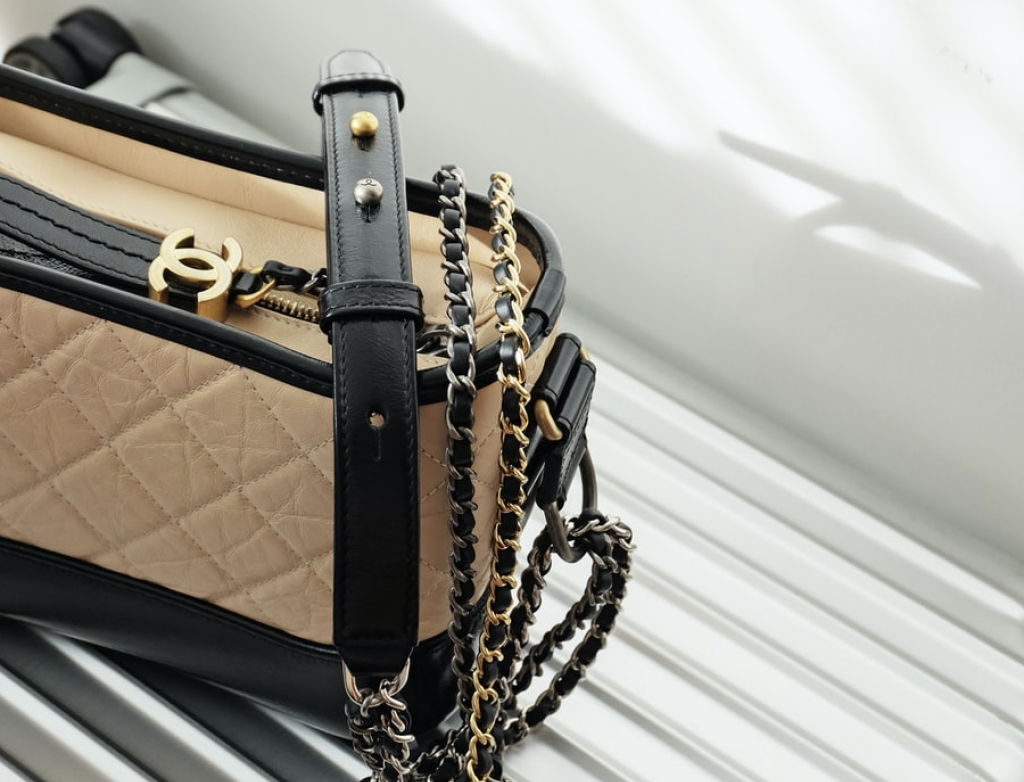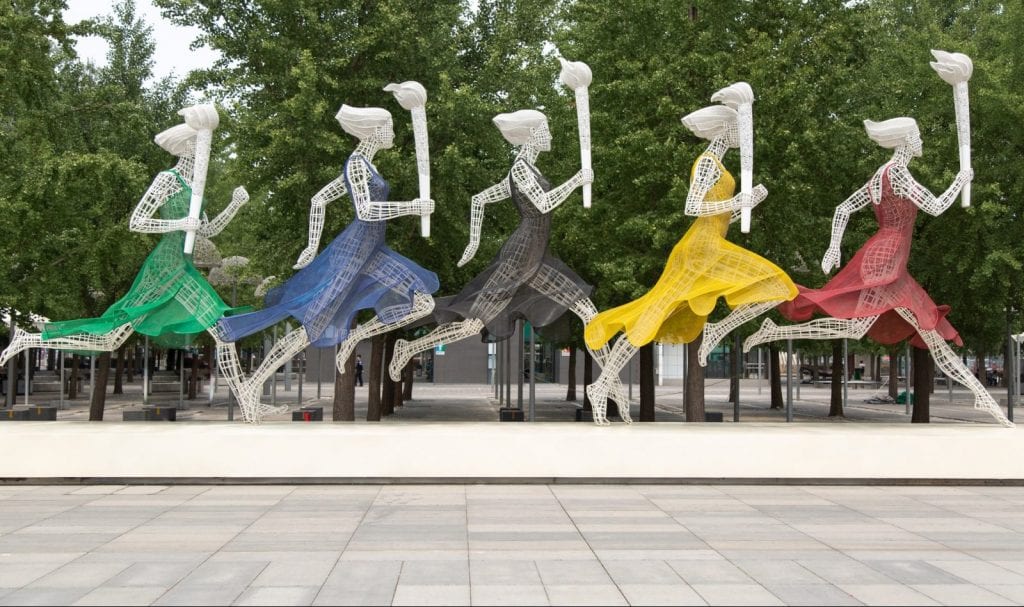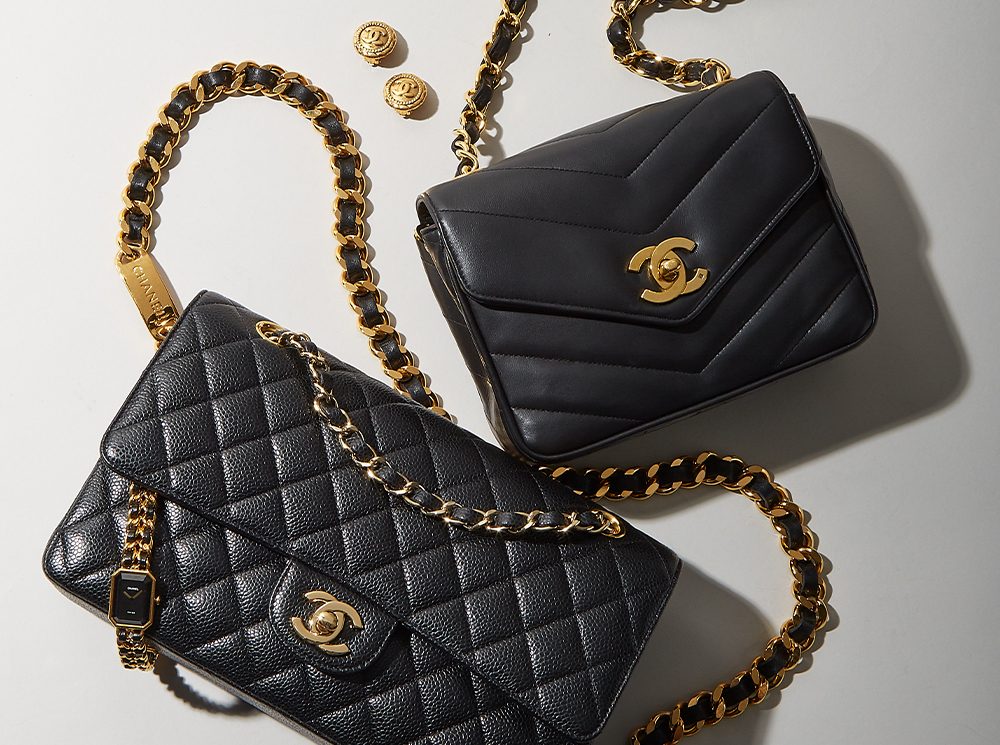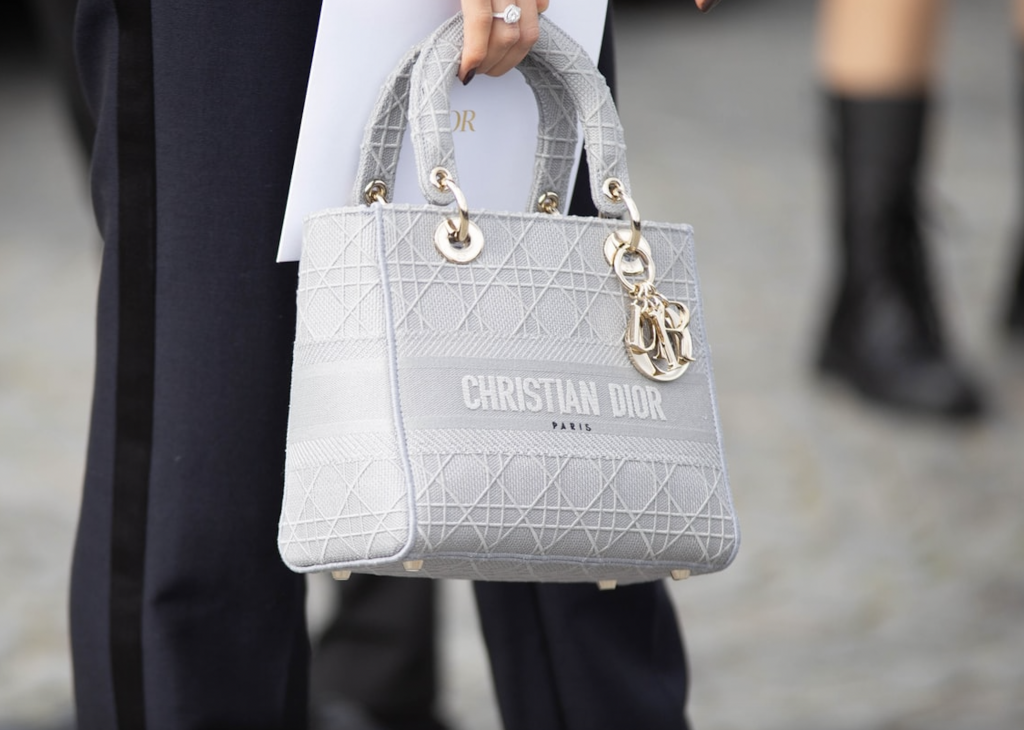Chanel products have been wiped from Crepslocker following a settlement between the famed fashion brand and the London-based resale site. As indicated in a recently-issued order from England’s High Court, the parties have agreed to stay legal proceedings indefinitely following a confidential settlement that centers on the unauthorized resale of Chanel goods. While the case has come to a close, save for the court ensuring that the terms of the under-wraps settlement come into effect, the Tomlin Order – a commonly-used method for staying a case’s proceedings – enables Chanel and 7-year-old Crepslocker’s corporate entity Kensulate Corporation Limited (“Kensulate”) to individually petition the court to re-open the case should the settlement ultimately go south, without having to commence new proceedings.
The settlement and corresponding court order, which were first reported by Law360, comes roughly six months after Chanel filed suit against Kensulate in the United Kingdom for selling authentic double “C” branded wares in conditions that the French fashion house alleges are damaging its wildly valuable brand image. As TFL reported earlier this year, the case got its start in late January when Chanel filed a trademark lawsuit in the High Court of Justice’s Business and Property Court against Kensulate over its Crepslocker e-commerce business.
Part-consignment, part direct-sourcing, Crepslocker provides a platform for the resale of designer goods consigned to it by consumers, while also sourcing luxury items directly from brands and/or their authorized retailers, which is also offers up for sale on its site. According to Chanel’s complaint, Crepslocker ran afoul of he law by making unauthorized use of its trademark-protected name and double “C” logo in a number of ways, including on the Crepslocker e-commerce site, where Chanel alleged that customers were “able to search/browse … by brand, including by selecting ‘CHANEL,’” and then were directed to a “Chanel” specific page that “offers a series of various goods bearing the [Chanel] trademarks” and features “caption content added by [Crepslocker] … to describe each item, [which] repeatedly comprises use of the word ‘Chanel.’”
Beyond that, Chanel argued that Crepslocker’s allegedly infringing use of the Chanel marks extended to its inclusion of Chanel’s name on a list of “available brands” on its website, alongside “sportswear and other brands, which do not have similar associations of luxury, prestige, exclusivity, and longevity to those enjoyed by [Chanel],” as well as in the reseller’s social media advertisements. Still yet, Chanel argued that Crepslocker’s packaging of its products diverged from Chanel’s standards, as indicated by a test purchase made by Chanel. Finally, Chanel also took issue with Crepslocker’s no-return policy and its requirement that consumers pay via PayPal (and not credit card), which similarly do not mirror the experience that Chanel offers to consumers by way of its own stores or via its authorized distribution network.

With the foregoing in mind, Chanel claimed that Crepslocker’s sale of its products and use of Chanel trademarks in the process did not match the conditions traditionally associated with the sale of Chanel products, and thereby, infringed Chanel’s famous trademarks.
In its response in April, Crepslocker pushed back against Chanel’s suit, arguing that Chanel lacks “any proper basis” for its objections to Crepslocker’s sale of Chanel goods and use of the Chanel trademarks. According to Crepslocker’s counsel, this is largely because Chanel’s “rights in the goods have been exhausted by the consented sale from its authorized outlets in the UK or the EU.” (In accordance with the doctrine of trademark exhaustion, or the First Sale Doctrine, as it is known in the U.S., a trademark holder generally loses its ability to control the sale of a trademark-bearing product once it has released that product into the market, thereby, giving the buyer the right to resell the product without facing trademark liability, assuming the product is not in a “materially different” condition).
While the case has come to a close before any decisions on the merits could be made by the court, a number of relevant cases in the European Union – namely, Coty Germany GmbH v Parfümerie Akzente GmbH, Copad SA v Christian Dior Couture SA, and L’Oréal v. eBay – would have boded well for Chanel, as they create what MPR Partners’s Flavia Stefura calls “a fairly consistent precedent: they indicate that the EU’s main judicial body is protective of trademark owners,” such as Chanel. These outcomes in these cases “show that controlling the sales channels and having respect for the integrity of the original packaging are acceptable exceptions to the trademark exhaustion rule,” she states. Although the High Court is no longer obliged to follow CJEU rulings following the UK’s exit from the EU, Stefura says that “it is unlikely that the higher courts in the UK will depart from such established trademark principles without well-grounded reasons.”
“It can be argued that maintaining the prestige and value of luxury brands by setting and maintaining sales standards and [limiting distribution to] authorized outlets serves to protect both the brands and the consumers of luxury goods, to ensure that the large investment they make in purchasing them is not easily diminished,” Stefura claims. On the other hand, there is a balance at play, particularly in light of growing demand among consumers in the secondary market. As such, she contends that “careful consideration should be given to determining whether the secondhand luxury goods market is different from the new luxury goods market and if the exception to the trademark exhaustion principle still applies or not.”











